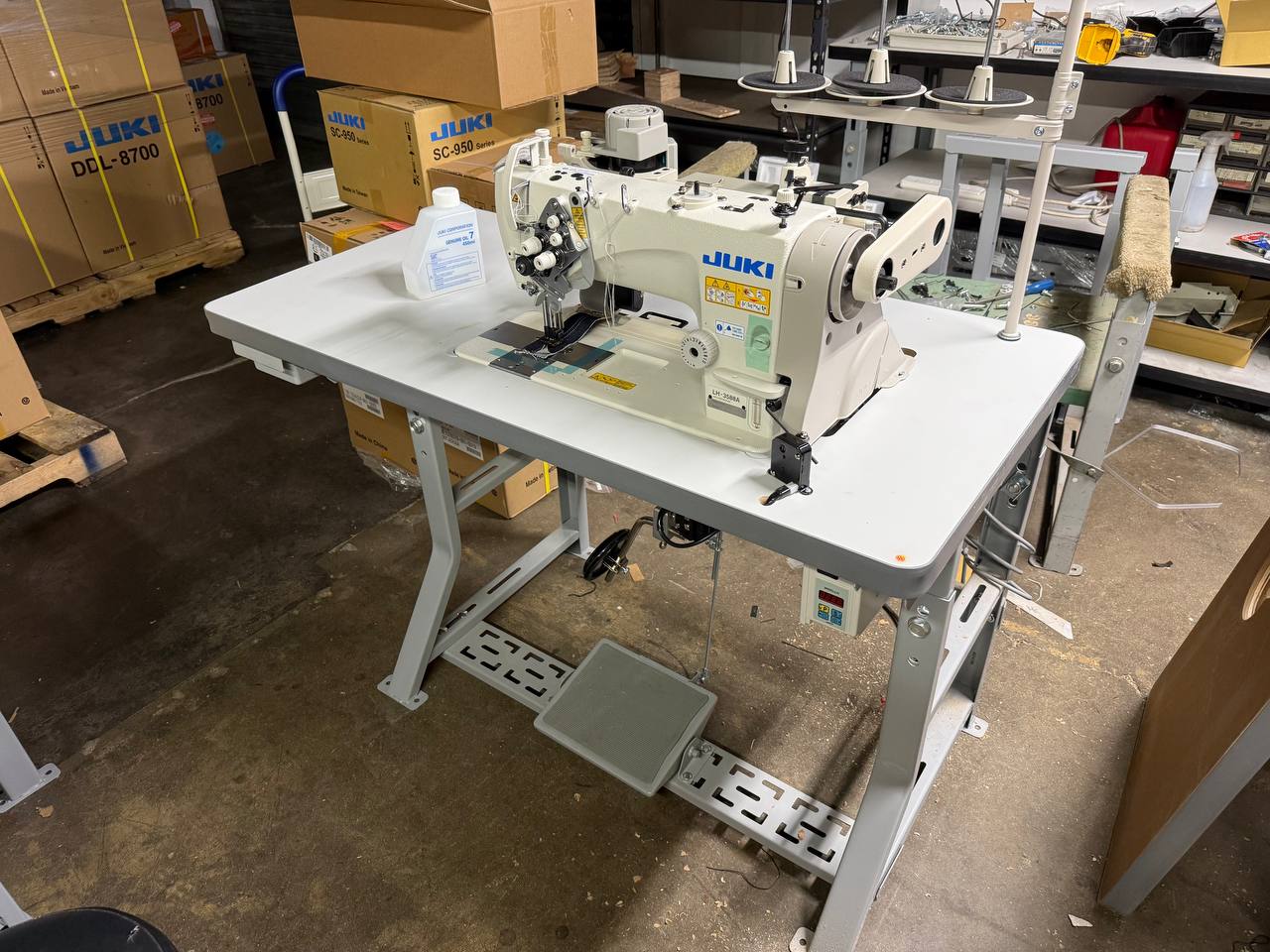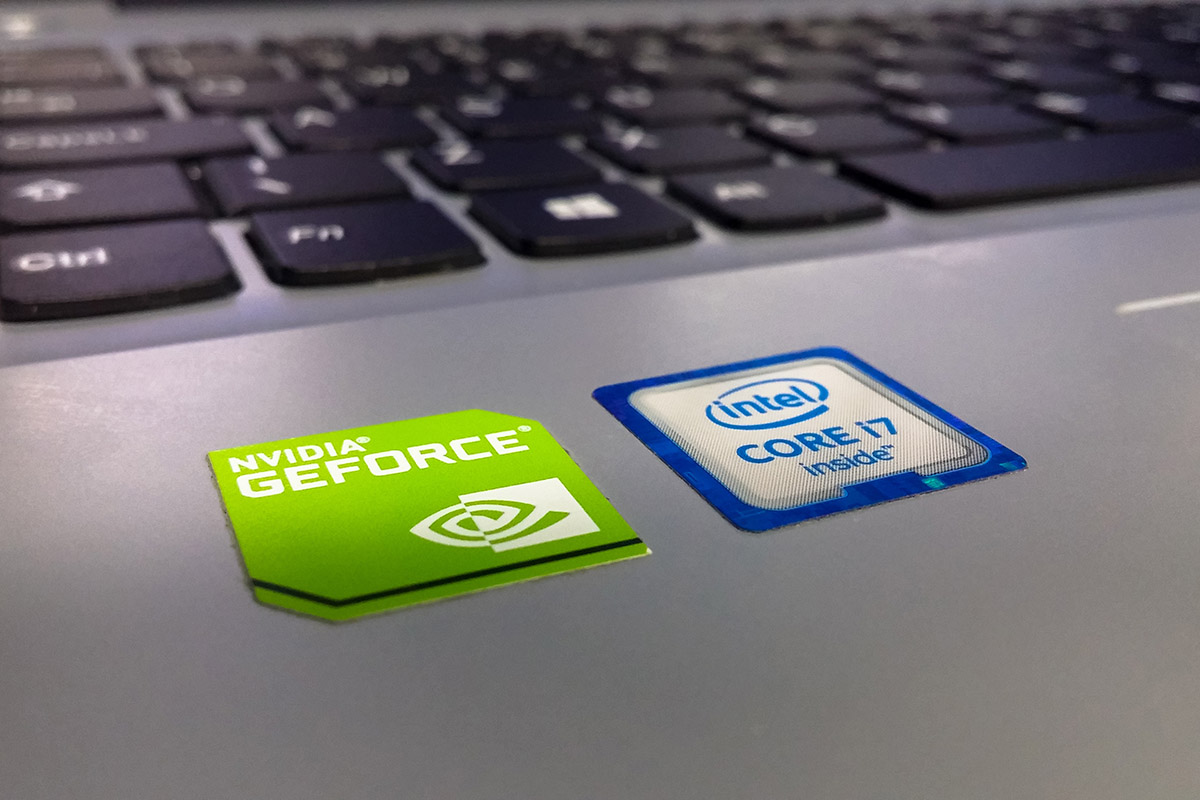Maintaining Industrial Sewing Machine Table
Key Points
Daily care matters – Wipe lint, threads, and dust to keep the surface smooth and protect your workflow.
Check stability often – Tighten bolts, align the machine, and fix wobbles to prevent poor stitch quality.
Upgrade when needed – Invest in durable, ergonomic tables from trusted brands to support long-term efficiency.
In any sewing workshop—whether it’s a high-volume garment factory, a small upholstery shop, or a creative studio—the sewing machine itself often gets most of the attention. But just as important is the industrial sewing machine table it sits on.
A good table provides stability, reduces vibration, supports ergonomic working conditions, and ultimately contributes to the quality of the work produced.
Like any piece of equipment, however, these tables require care.
Regular maintenance not only extends the life of the table but also protects your sewing machine investment and ensures smoother operations day after day.
Why Your Sewing Table Matters
An industrial sewing machine is designed for heavy use, and the table that supports it has to withstand constant motion, high speed, and sometimes even the weight of heavy fabrics.
A well-made table reduces noise, absorbs vibration, and keeps the machine in alignment.
Over time, even a sturdy frame can develop loose bolts, worn surfaces, or uneven legs—all of which can impact sewing performance.
Choosing the right table is just as important as maintaining it.
Factors like material, surface finish, weight capacity, and adjustability should all be considered when buying.
Many modern options also feature ergonomic designs that help reduce strain during long hours of stitching.
Practical Maintenance Tips
Keeping your industrial sewing table in top shape doesn’t require much time, but consistency is key. Here are some practical tips:
Daily Cleaning
Fabric lint, thread scraps, and dust build up quickly.
Wipe the surface with a soft cloth at the end of each day to prevent debris from scratching or interfering with your workflow.
Check Stability Regularly
A slight wobble may not seem like much, but over time it can affect stitch consistency and operator comfort. Tighten bolts and screws periodically, especially if the table is moved often.
Protect the Surface
Many tables are finished with laminate or smooth wood.
Using protective mats or cutting boards prevents dents and scratches when working with scissors or heavy materials.
Monitor Alignment
The machine should sit flush with the tabletop.
If the platform begins to sink or shift, it’s important to realign it.
Misalignment can cause unnecessary strain on the motor and affect stitch quality.
Lubricate Moving Parts
If your table has adjustable height features, pedal linkages, or folding sections, keep them lubricated to prevent squeaking and wear.
Know When to Upgrade
Tables can last for years, but not forever.
If you notice persistent wobbling, cracks in the surface, or difficulty mounting your machine securely, it may be time to invest in a replacement.
Choosing a New Table
When the time comes to upgrade, don’t just look at the price. Consider:
- Durability: Heavy steel frames and strong surfaces that won’t warp.
- Ergonomics: Adjustable height or design that reduces strain on back and shoulders.
- Compatibility: Make sure the cut-out dimensions match your specific machine.
- Supplier reputation: Reliable manufacturers offer warranties and service support.
Some brands, like Prizzi: https://prizzisewing.com/collections/sewing-tables-top, have earned a strong reputation for making durable, ergonomic tables designed for long-term use.
A Prizzi table, for example, is engineered to minimize vibration and provide a smooth, stable work surface that supports both speed and accuracy.
For workshops looking to balance comfort with durability, investing in a recognized brand can save money in the long run.
Extending the Life of Your Sewing Setup
Think of your sewing table as part of the machine itself rather than just an accessory.
The better you care for it, the smoother your production will be.
A clean, stable, and well-maintained workstation improves stitch quality, reduces noise, and creates a more comfortable sewing environment.
For professionals who spend hours each day sewing, the table is not just a piece of furniture—it’s the backbone of the entire operation.
Whether you’re maintaining your current setup or considering an upgrade to a modern design, paying attention to this often-overlooked component will reward you with better efficiency, greater comfort, and a longer lifespan for your equipment.




















